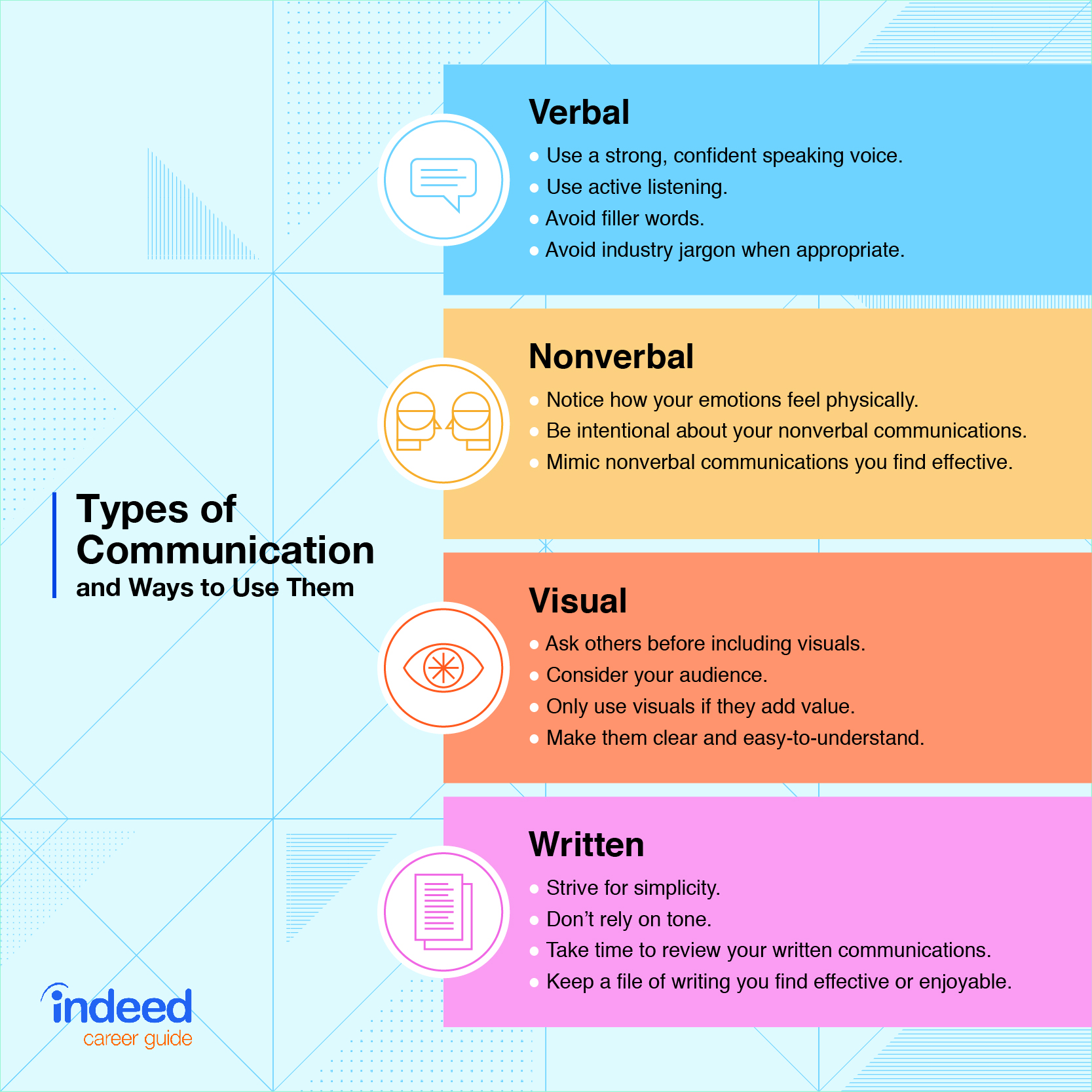
A personal digital assistant (PDA) such as a BlackBerry, iPhone, or cell phone is the channel, or the method by which you communicated your message. You translated or encoded your message into text characters. For example, if you send a text message to your friend to ask him if he wants to go a movie, you are the source, or sender, of the message. The model helps describe exactly how communication takes place. (Upper Saddle River, NJ: Pearson Prentice Hall, 2008), 378. Stewart, Marketing: Real People, Real Choices, 5th ed. The communication model is shown below in Figure 1, “Traditional Communication Process”:įigure 1.

In addition, the model accounts for noise, which symbolizes anything that might disrupt the sending or receiving of a message. The model includes major processes and functions categorized as encoding, decoding, response, and feedback. The standard model of communication has evolved based on two parties-the sender and the receiver-exchanging information or ideas. When you put these assumptions together, communication can easily become “miscommunication.” The Communication Model This is compounded by the fact that people tend to hear what they want to hear-that is, a person may interpret elements of a conversation in such a way that the taken meanings contribute to his already established beliefs. The telling disconnect occurs because people tend to assume that they know what other people mean, or people assume that others know what they mean. At the same time, interestingly, many people consider themselves good communicators. You might think that sounds simple, but consider this: Nearly 75 percent of communications that are received are interpreted incorrectly. But it’s difficult to establish and develop relationships it takes work and a lot of clear communication. In the same way that relationships are the cornerstone of trust, communication is the foundation of relationships. How are these qualities intrinsically related? The way in which you communicate can determine the level of trust that your colleagues or customers have in you. Your relationship skills build trust, allow you to be a true partner, and help solve your customers’ problems both internal trust and external communication are keys to your ability to deliver on your promises. It is almost impossible to be in business without developing relationships inside your organization and with your customers. According to Peter Post, great-grandson of the late Emily Post, “Your skills can get you in the door your people skills are what can seal the deal.” Misunderstood = Miscommunicated Lynn, in her book The EQ Interview: Finding Employees with High Emotional Intelligence, defines as “a person’s ability to manage herself as well as her relationship with others so she can live her intentions.” But in today’s business world, communication has become part of the new “hard skills” category, a technical job requirement, because of the critical role that it plays in business. Soft skills also encompass emotional intelligence, which Adele B. Communication has often been referred to as a soft skill, which includes other competencies such as social graces, personality traits, language abilities, and the ability to work with other people. Did you ever hear the saying “You only have one chance to make a good first impression”? It couldn’t be truer when it comes to communication: The first two seconds of communication are so important that it takes another four minutes to add 50 percent more information to an impression-positive or negative-within that communication. In this constant, high-speed business environment, communication blunders can cost more than you might think. Today, it’s even more complex because business is conducted on a global basis 24/7, often using different languages and different communication methods.


Or worse, it can be entirely misunderstood and have a negative impact on your relationship.Ĭommunication, the exchange of information or ideas between sender and receiver, can be challenging in one’s personal life, at school, and especially in business. Have you ever had one of these communications be misinterpreted? You meant one thing, but your friend thought you meant something else? Sometimes the miscommunication can result in confusion about a meeting time or place.


 0 kommentar(er)
0 kommentar(er)
